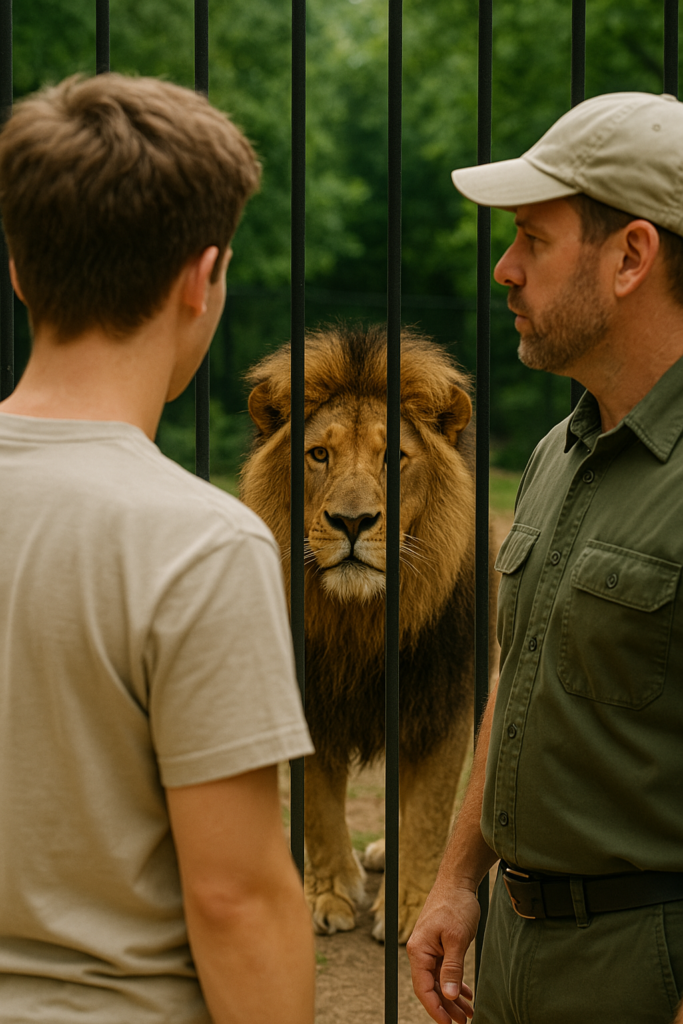Essential Safety Training for Zoo Workers Handling Dangerous Animals is a vital component of occupational health and safety in zoological settings.
- Why Safety Training Is Crucial in Zoos
- Core Components of Essential Safety Training
- Handling Protocols for Specific Dangerous Animals
- Mentorship and Job Shadowing
- Mental Preparedness and Stress Management
- Ongoing Training and Certifications
- Internal Reporting and Safety Audits
- Linking Training with Zoo Accreditation Standards
- Final Thoughts: Building a Culture of Safety
Safety Training for Zoo Workers
At the core of any zoo’s operation is the protection of its staff, animals, and visitors. With workers frequently interacting with predators, venomous species, and large mammals, targeted and ongoing safety training becomes not just a recommendation—but a critical necessity.

Why Safety Training Is Crucial in Zoos
Zoo workers face unique hazards not seen in other occupational environments. Unlike most workplaces, zoos contain living, potentially unpredictable animals—many of which are capable of causing serious injury or death.
Proper training ensures that employees are equipped to:
- Understand animal behavior and warning signs
- Apply consistent safety protocols
- Respond effectively during emergencies
- Reduce risks to both humans and animals
This is especially vital for staff working with big cats, elephants, primates, reptiles, and venomous creatures.
Core Components of Essential Safety Training
Animal Behavior and Risk Awareness
Training starts with a strong foundation in understanding animal psychology and behavior patterns. Recognizing signs of stress, agitation, or aggression allows workers to adjust their approach accordingly.
- Ethology (the science of animal behavior)
- Recognizing body language cues
- Species-specific warning signs
For instance, elephants may exhibit trunk swaying before charging, while big cats may show tail twitching or ear flattening as a warning.
Use of Personal Protective Equipment (PPE)
Personal protective equipment is non-negotiable when handling dangerous animals. Proper training includes:
- Fitting and usage of gloves, face shields, and bite-resistant clothing
- Use of specialized equipment like catch poles and transfer boxes
- Sanitation protocols to prevent zoonotic transmission
Employers should refer to standards set by CCOHS and NIOSH for guidance on PPE requirements.
Emergency Response and Escape Protocols
Zoo workers must be trained in emergency procedures for animal escapes, bites, and attacks. Drills and simulations help workers internalize responses such as:
- Lockdown procedures
- Safe retreat routes
- Use of tranquilizers or barriers
- Immediate first-aid for injuries
A designated response team and frequent drills can save lives in high-risk scenarios.
Handling Protocols for Specific Dangerous Animals

Big Cats (Lions, Tigers, Leopards)
- Use of shift doors and double-entry systems
- No direct contact—protected contact only
- Enclosure checks before entry
Elephants
- Protected contact with barrier systems
- Training with positive reinforcement
- Understanding of herd dynamics and stress triggers
Reptiles and Venomous Snakes
- Snake hooks, gloves, and safe housing protocols
- Anti-venom access and training
- Proper labeling of all enclosures
Primates
- High risk of disease transmission (e.g., Herpes B)
- Strict hygiene and PPE standards
- Training on restraint techniques and communication signals
The Zoo and Aquarium Association (ZAA) and AZA also offer comprehensive animal-specific guidelines.
Mentorship and Job Shadowing
Onboarding new zoo workers with a structured mentorship system enhances safety and learning.
Under the supervision of experienced handlers, new employees:
- Observe real-world applications of protocols
- Practice with mock enclosures and tools
- Learn incident reporting procedures
This hands-on learning reinforces classroom training and reduces risk during live interactions.

Mental Preparedness and Stress Management
Handling dangerous animals is not just physically risky—it can be emotionally demanding. Training should also include:
- Stress management and mental health awareness
- Counseling access for trauma or incident-related anxiety
- Building confidence through simulated scenarios
Zoos can partner with organizations like Workplace Strategies for Mental Health to offer tools for resilience.
Ongoing Training and Certifications
Essential safety training must be continual. Changes in animal behavior, staff turnover, and updates in best practices all require periodic refresher courses. Consider the following:
- Annual safety certifications
- Monthly toolbox talks on emerging risks
- Access to e-learning portals for updates
Institutions such as OHSE.ca and Canadian Centre for Occupational Health and Safety offer relevant resources and course material.
Internal Reporting and Safety Audits
Training zoo workers on internal hazard reporting systems ensures that no threat goes unnoticed. Safety programs should include:
- Use of digital hazard logs or mobile reporting apps
- Anonymous reporting options
- Involvement in internal safety audits and inspections
By empowering employees to take initiative, facilities can preempt potential incidents.
Linking Training with Zoo Accreditation Standards
Compliance with OHSE and accreditation bodies like ZAA and AZA often requires documented safety training programs. Certification and inspection processes increasingly demand:
- Proof of completed training modules
- Incident response readiness
- Staff participation in safety committees
Regular training is key to upholding both legal and ethical standards.
Final Thoughts: Building a Culture of Safety
In the dynamic and high-risk world of zoological care, essential safety training for zoo workers handling dangerous animals is more than a policy—it’s a life-saving necessity. Training not only protects staff, but also ensures animals receive the care they deserve in a secure, respectful environment.
A proactive approach that combines behavioral awareness, proper PPE use, emergency response readiness, and ongoing learning will fortify any zoo’s safety culture.
As we continue to evolve in animal care and workplace health, safety training must evolve with it.

No comments yet